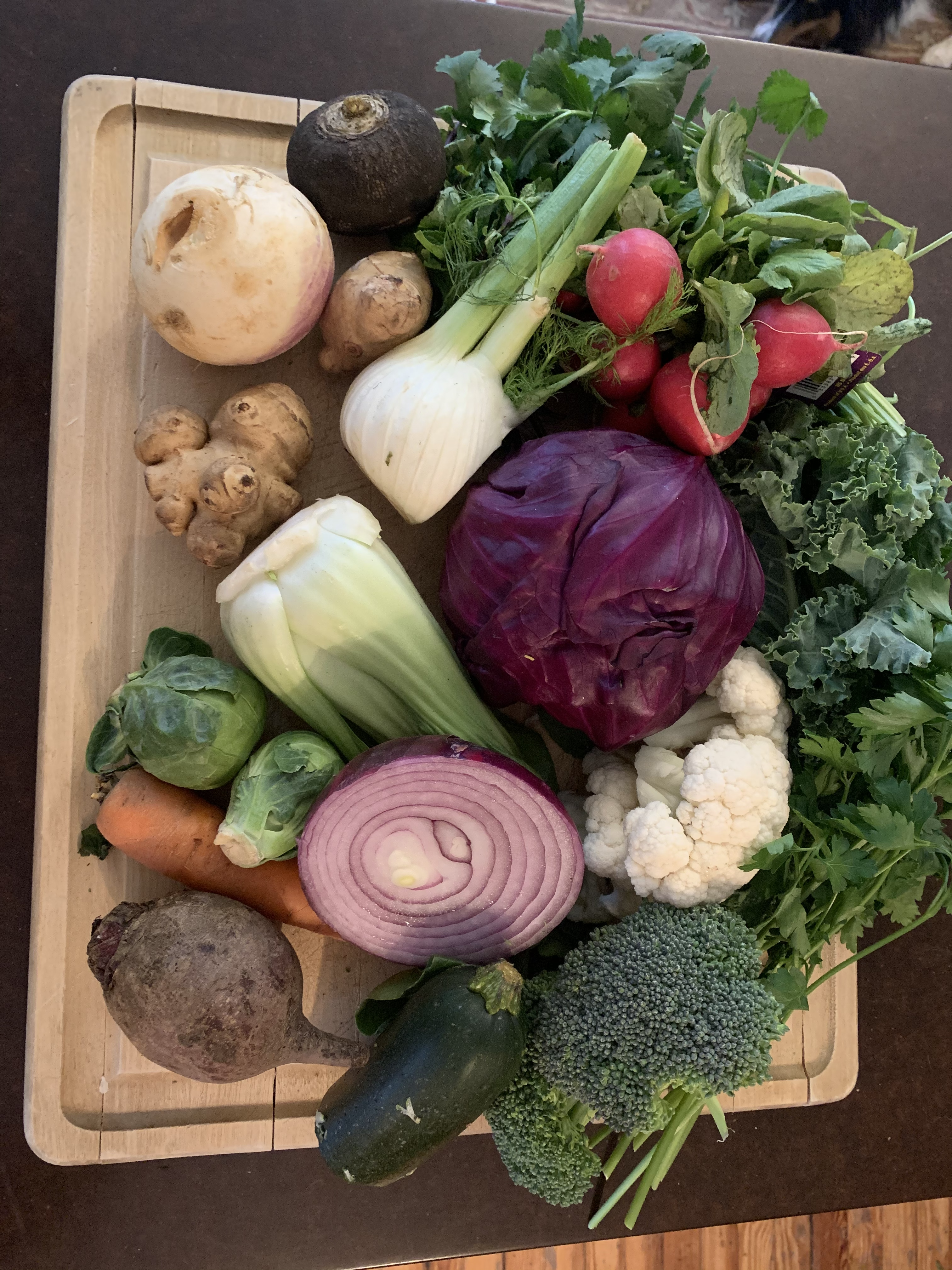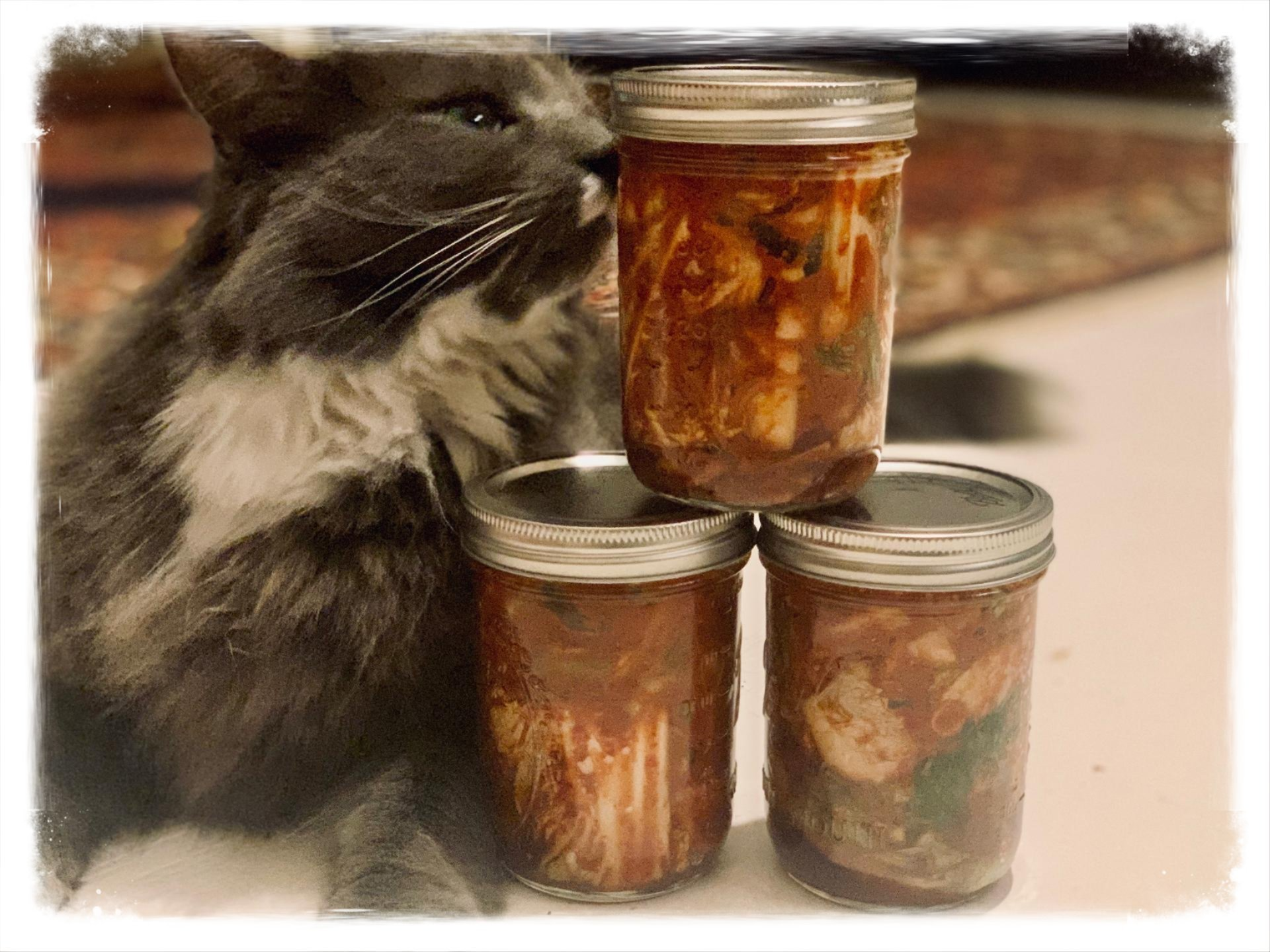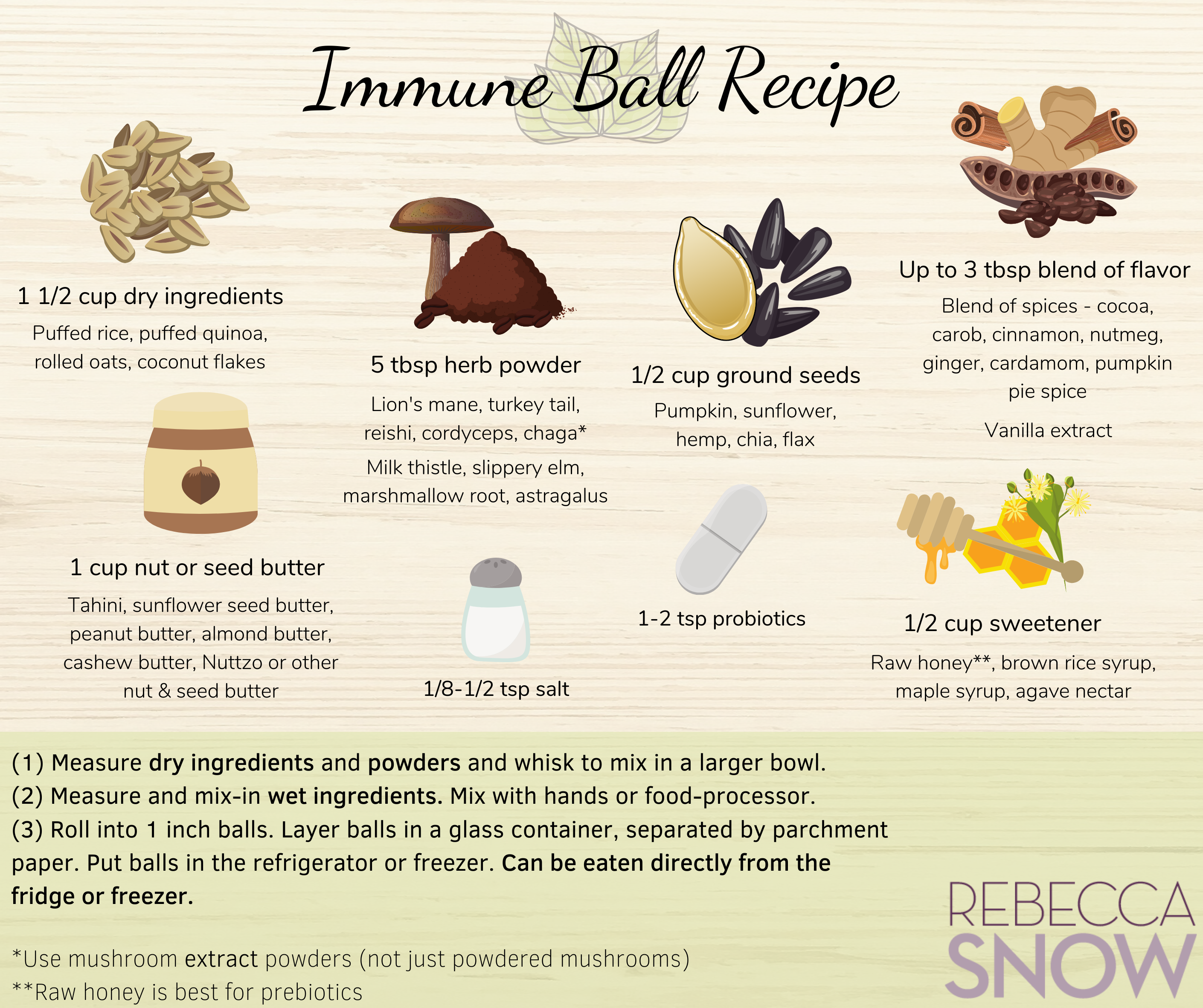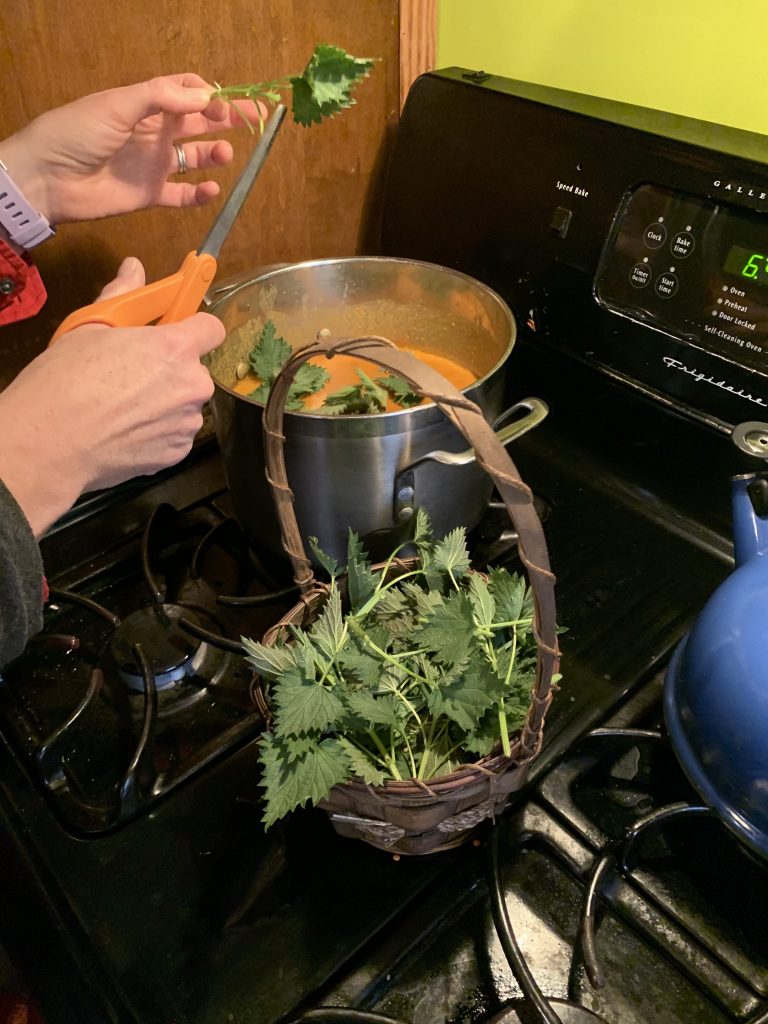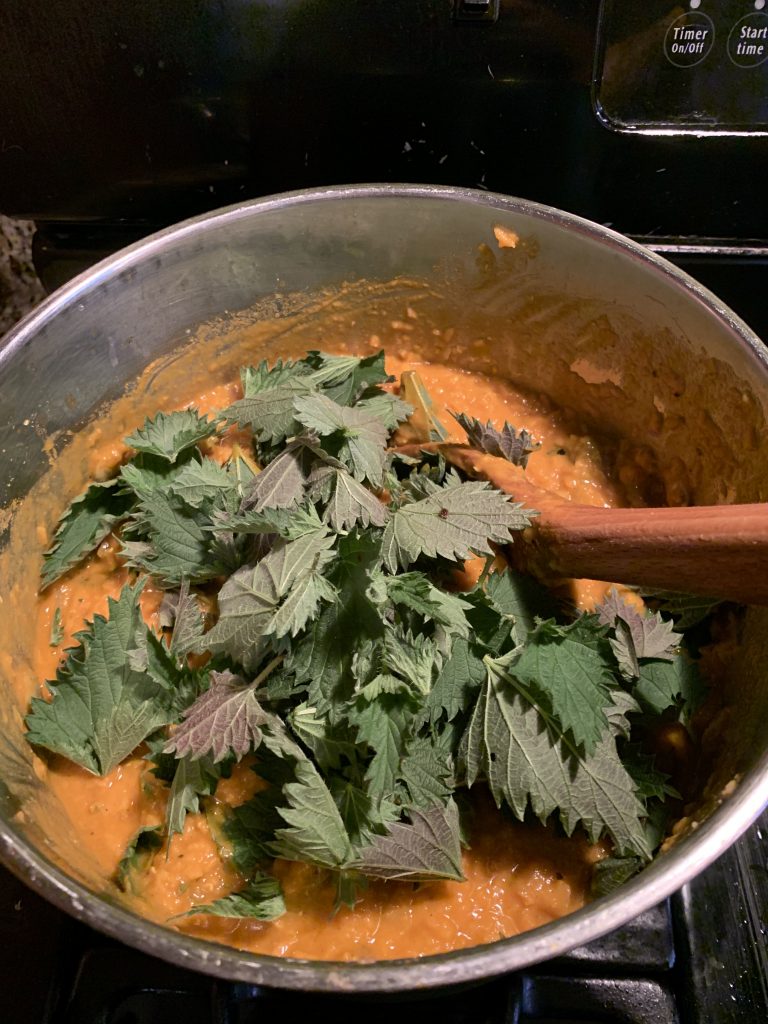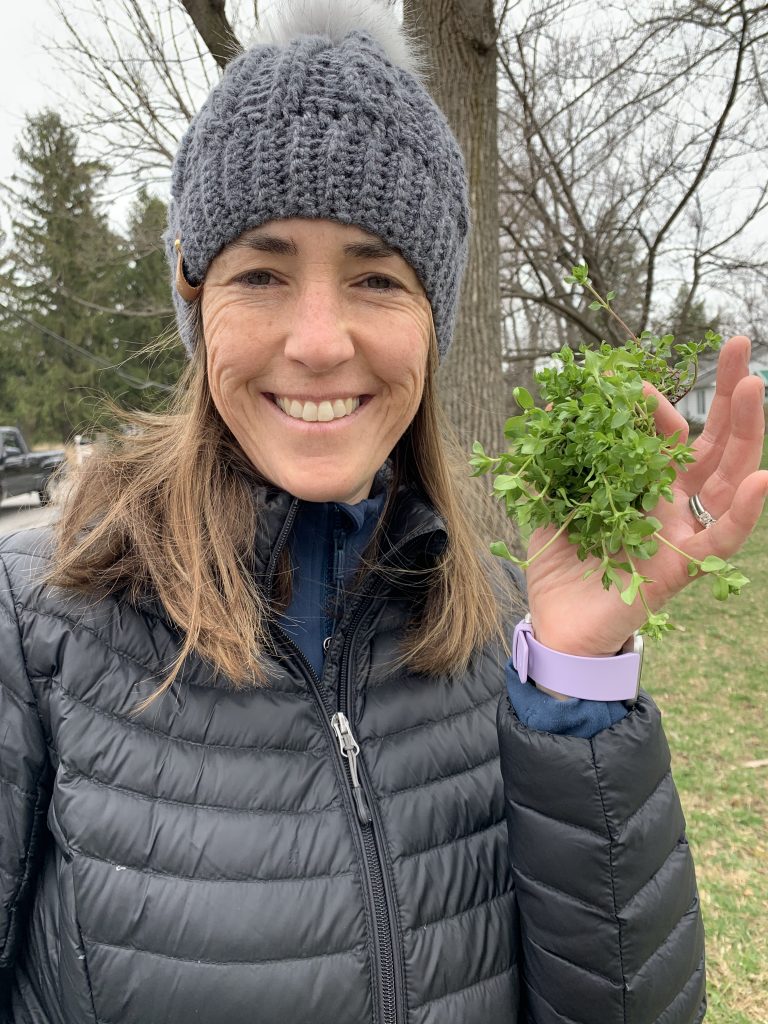Top 10 Daily Superfoods by Kate Costello
These are 10 superfoods that I use in my daily food intake. This list is not exhaustive but inspiration for using superfoods you may already have at home to enhance your daily meals. Superfoods are foods or herbs that contain high amounts of nutrients like polysaccharides, antioxidants, minerals, probiotics, and anti-inflammatory fatty acids. I love Superfood Evolution’s website for information. Have some fun adding these to your breakfast, lunches, snacks or dinners!
Algae: Spirulina, chlorella, blue-green algae
Benefits: algae’s have it all – antioxidants like chlorophyll, carotenoids, b vitamins, omega fatty acids, polysaccharides, complete proteins, trace minerals and tons of other phytonutrients, algae’s gently detox the liver, blood, and lymph
How to use: Afternoon Chlorella + Lemon Elixir
- Juice from 1/2 lemon
- 1/2 tsp. Chlorella Powder
- 16oz Filtered Water
Add lemon juice, chlorella powder and water to a glass container. Use a whisk, fork, or spoon to mix the chlorella into the water. Enjoy over ice or at room temp. *Consider adding algae powders to smoothies
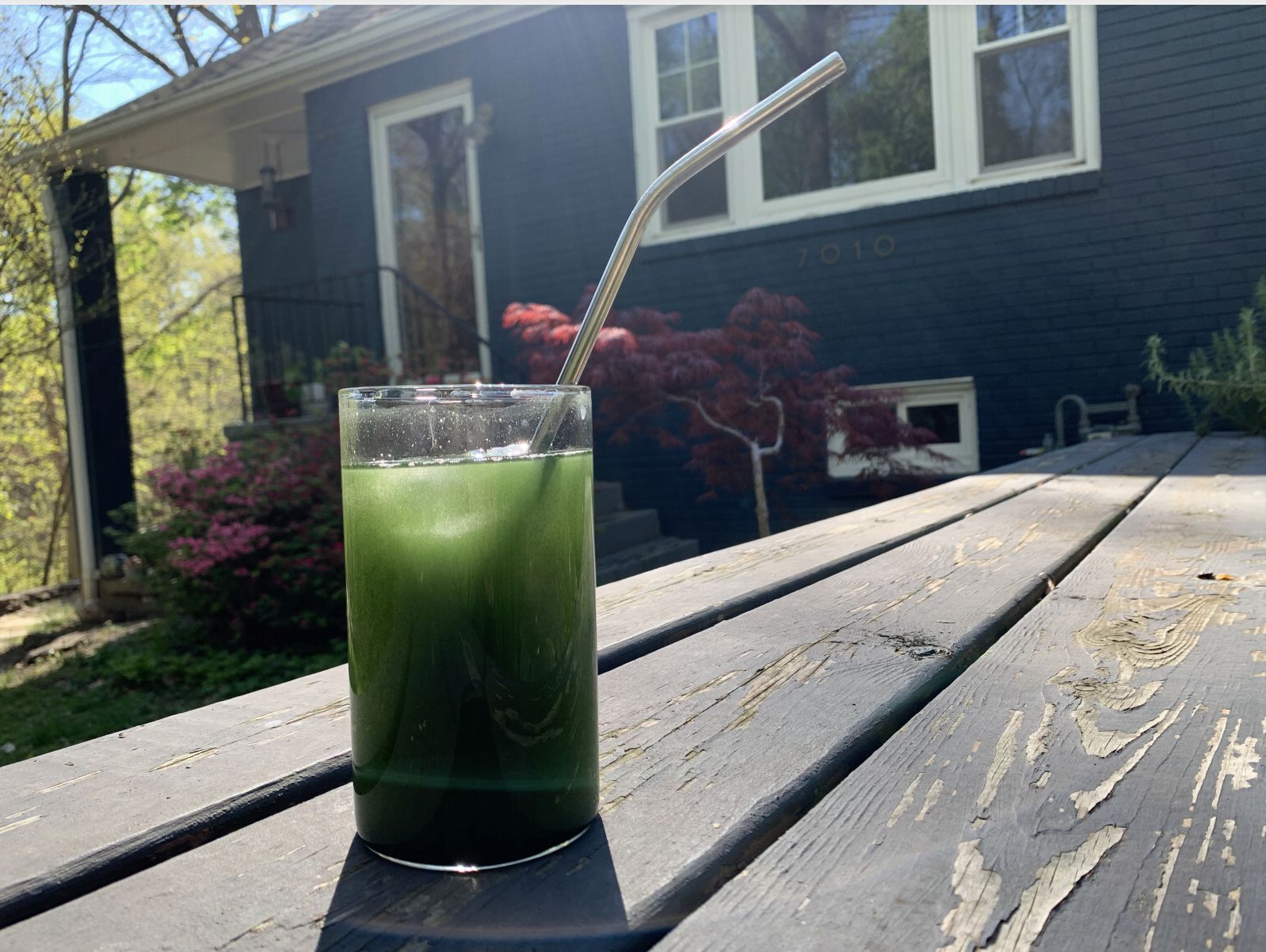
Cacao / Cocoa
Benefits: well-known source of antioxidants and magnesium, cacao powder comes from beans that have not been roasted and therefore retain more antioxidants called flavanols, flavanols have shown improvements in endothelial and platelet function as well as blood pressure great alternative to highly processed dutch cocoa powder
How to use: Avocado Pudding
- 1 ripe avocado
- 1 small banana
- 1/4 cup nut milk
- 2 tbsp cacao powder
- 2 pitted dates OR 3 tbsp maple syrup
Blend in a food processor and enjoy.
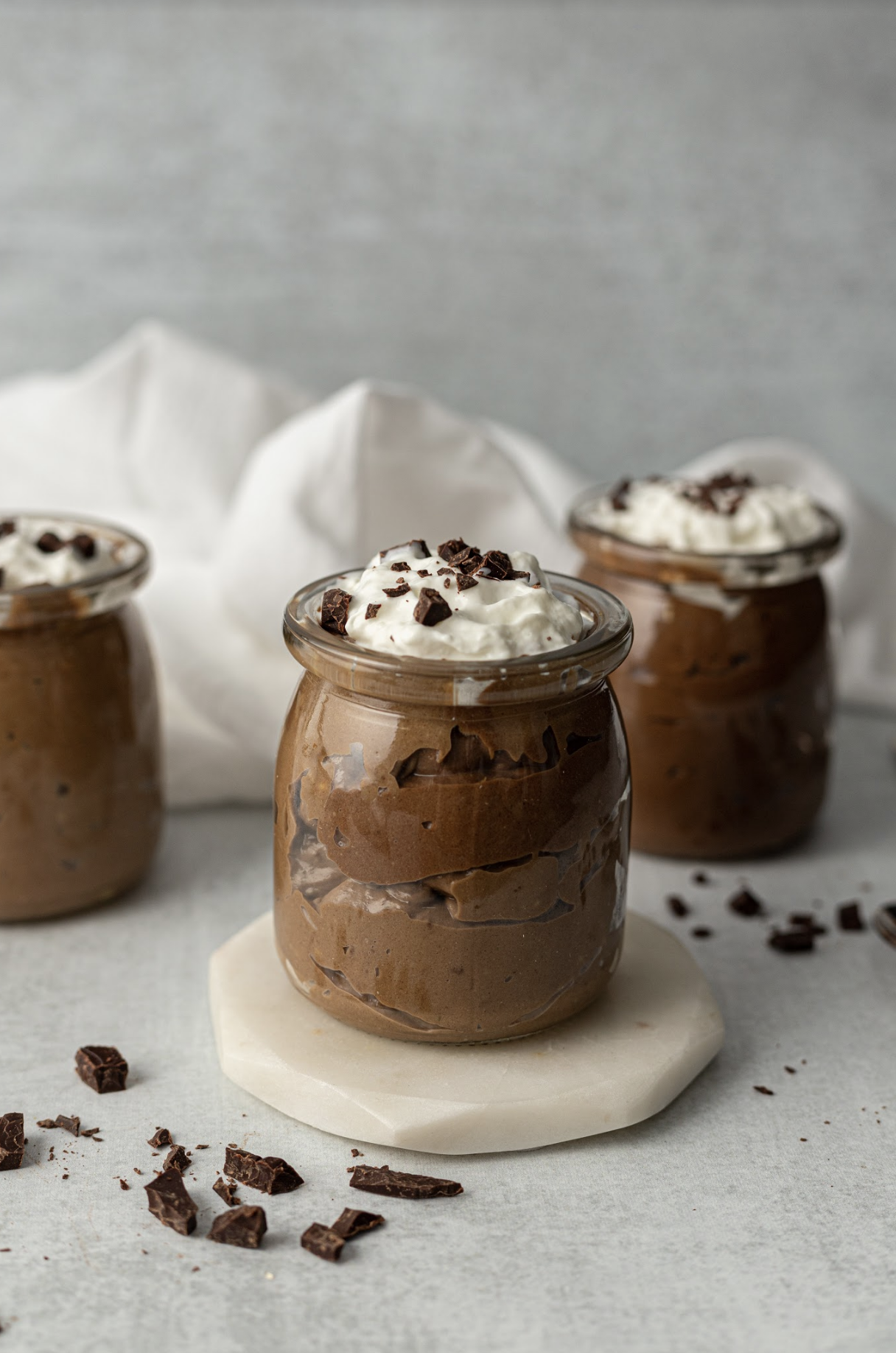
Chia / Hemp / Flax
Benefits: this trio is full of fiber, protein and rich sources of anti-inflammatory omega-3’s and omega-6’s
How to use: Grain-free Porridge
- 2 tbsp each of any combination of the following:
chia seeds, hemp hearts, flax seeds, coconut
flakes, pumpkin seeds, almonds, walnuts,
cashews, pistachios, Brazil nuts
- 1 tsp of any of the following spices (choose your favorites!):
cardamom, cinnamon, nutmeg, clove, ginger,
turmeric
- Option to add 1 tsp of other superfood powders: cacao powder, maca powder, reishi mushroom
- 1/2 tsp vanilla extract
- 1 cup favorite nut milk
- 1/2 cup of your favorite fresh fruit (berries or grapefruit are my favorite) OR 1 tbsp dried fruit
Add all dry ingredients to a blender and pulse until desired consistency. I prefer mine to have the look of almond meal (small chunks). Store this mix in your refrigerator. When ready to enjoy, add 1/2 cup of mix, 1 cup nut milk, 1/2 tsp vanilla extract to the stove top. Heat until warm. Can use more or less nut milk for your desired consistency, should look like a porridge. Enjoy with fresh or dried fruit (like goji berries). Option to add a dash of maple syrup or honey for simple sweetness.

Goji Berries
Benefits: full of carotenoids like beta carotene, zeaxanthin, lutein and lycopene, vitamin C, iron, protein, and b vitamins, important to note goji berries are part of the nightshade family
How to use: Goji berry + Ginger Tea
- 2 tsp. of dried goji berries
- Small thumb size piece of fresh ginger
- Boiling water
Smash fresh ginger with flat side of your knife. Add ginger and goji berries to a mug. Fill mug with boiling water and enjoy at your desired temp.
*Consider adding goji berries to your Immune Balls or Grain-Free Porridge
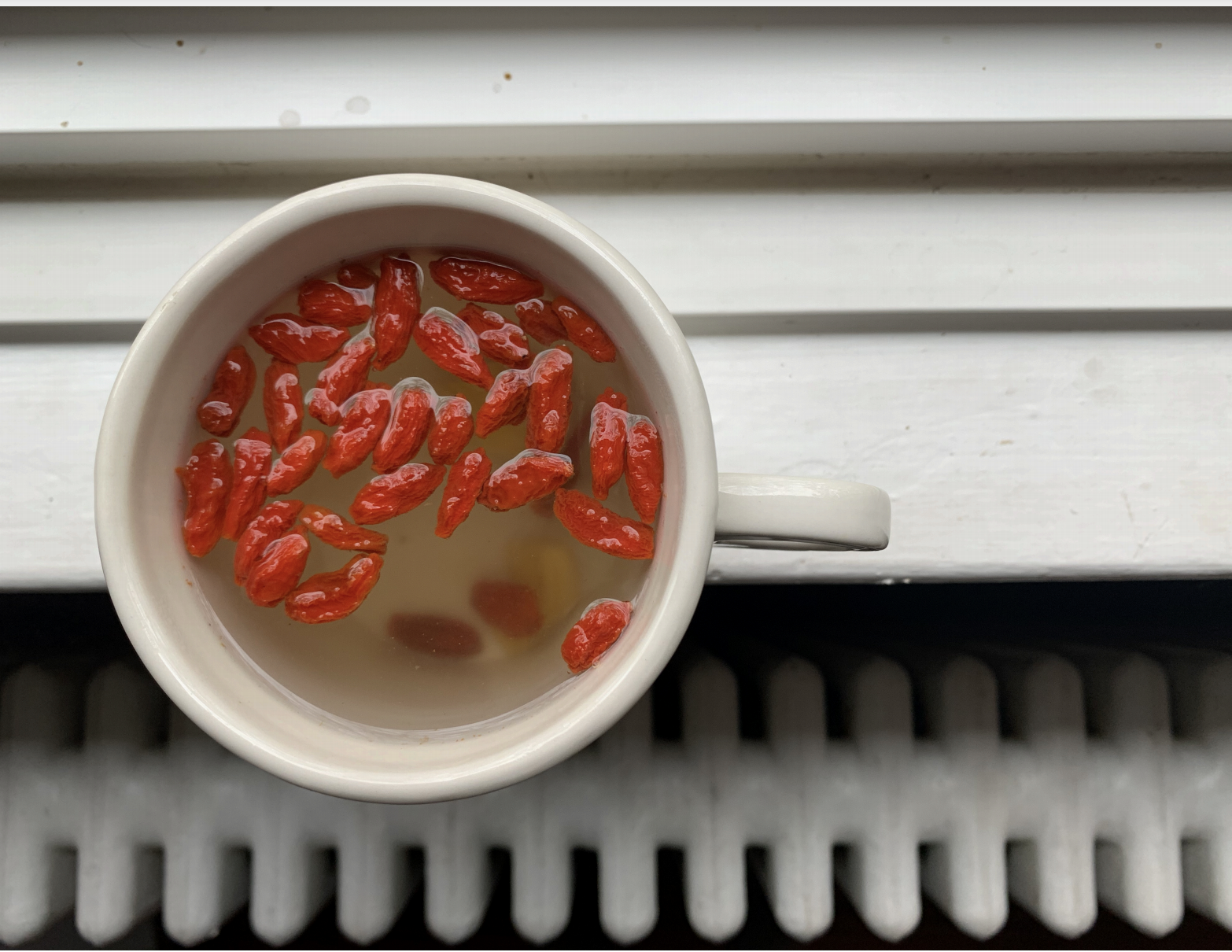
Ginger
Benefits: anti-inflammatory, soothing to digestive tract, wonderful herb to warm you up, helpful for nausea and constipation
How to use: Carrot + Ginger Dressing
- 3 tbsp EVOO
- 2 tbsp rice vinegar or ACV
- 2 large carrots, roughly chopped
- 2 tbsp fresh lemon juice
- 1 thumb size knob of ginger, peeled
- 1 tsp sesame oil
- 1 tbsp miso paste
- 1 tbsp maple syrup
- Salt to taste
Add all ingredients to a blender, blend until smooth. Enjoy on salads or sautéed greens.
*Consider fresh ginger, lemon, honey, warm water for a simple tea to soothe digestion
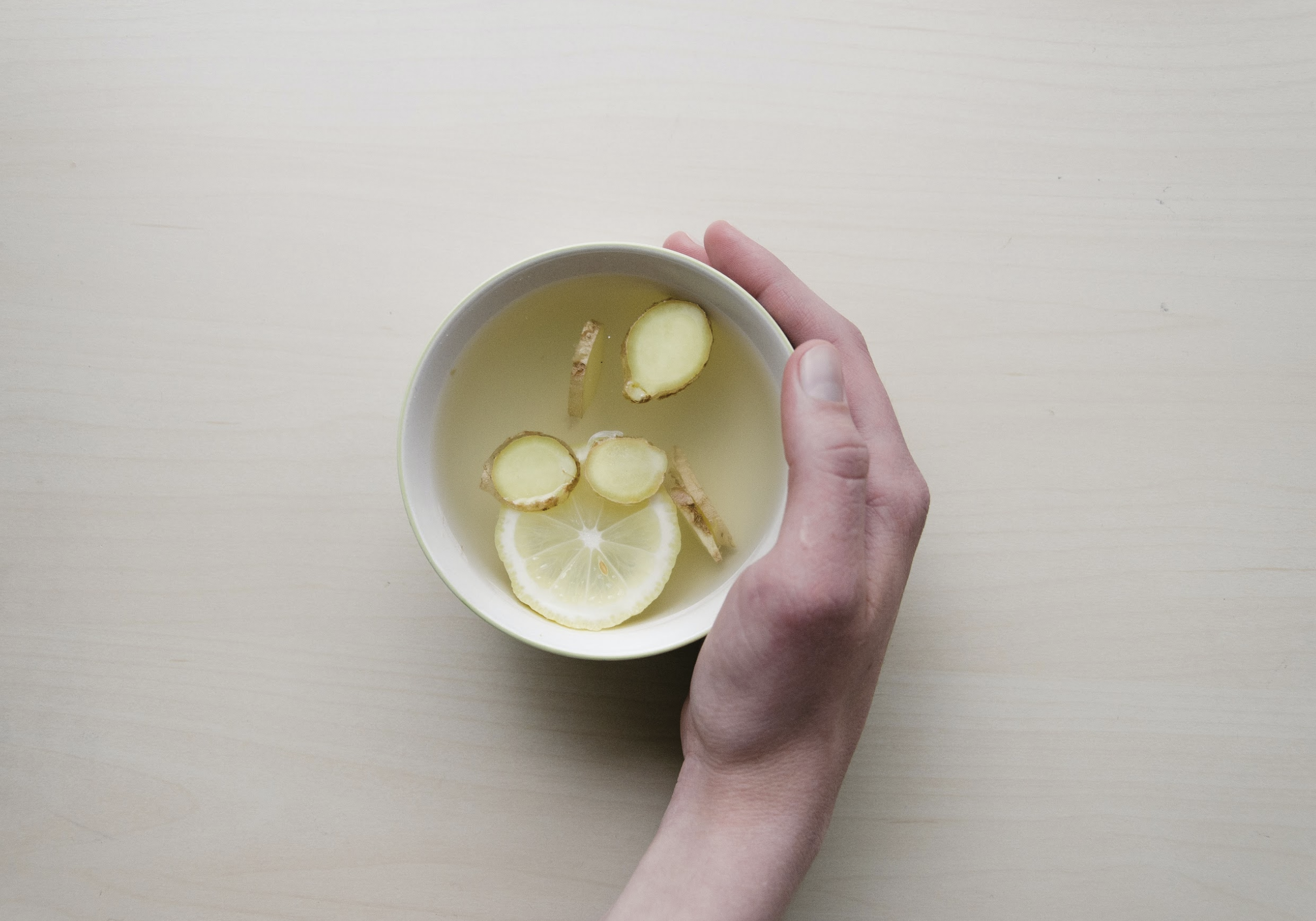
Maca Powder
Benefits: adaptogenic root vegetable known to increase libido, increase stamina and vitality, balance hormones, and regulate immune system (if you are experience hormonal imbalances, contact your endocrinologist before using maca as therapeutic supplement), if you have thyroid issues, best to use “geletanized” maca root powder
How to use: Golden Maca Milk
- tsp cinnamon
- 1 tsp ground ginger
- 1 tsp maca powder
- 1 tsp turmeric
- 1 tbsp maple syrup
- 1.5 cups coconut milk (or other nut milk)
Blend ingredients together and warm over stovetop.
*Consider adding 1 tsp maca powder to anything you bake like pancakes, muffins, cookies, cakes OR smoothies, avocado pudding, chia seed pudding or grain-free prridge
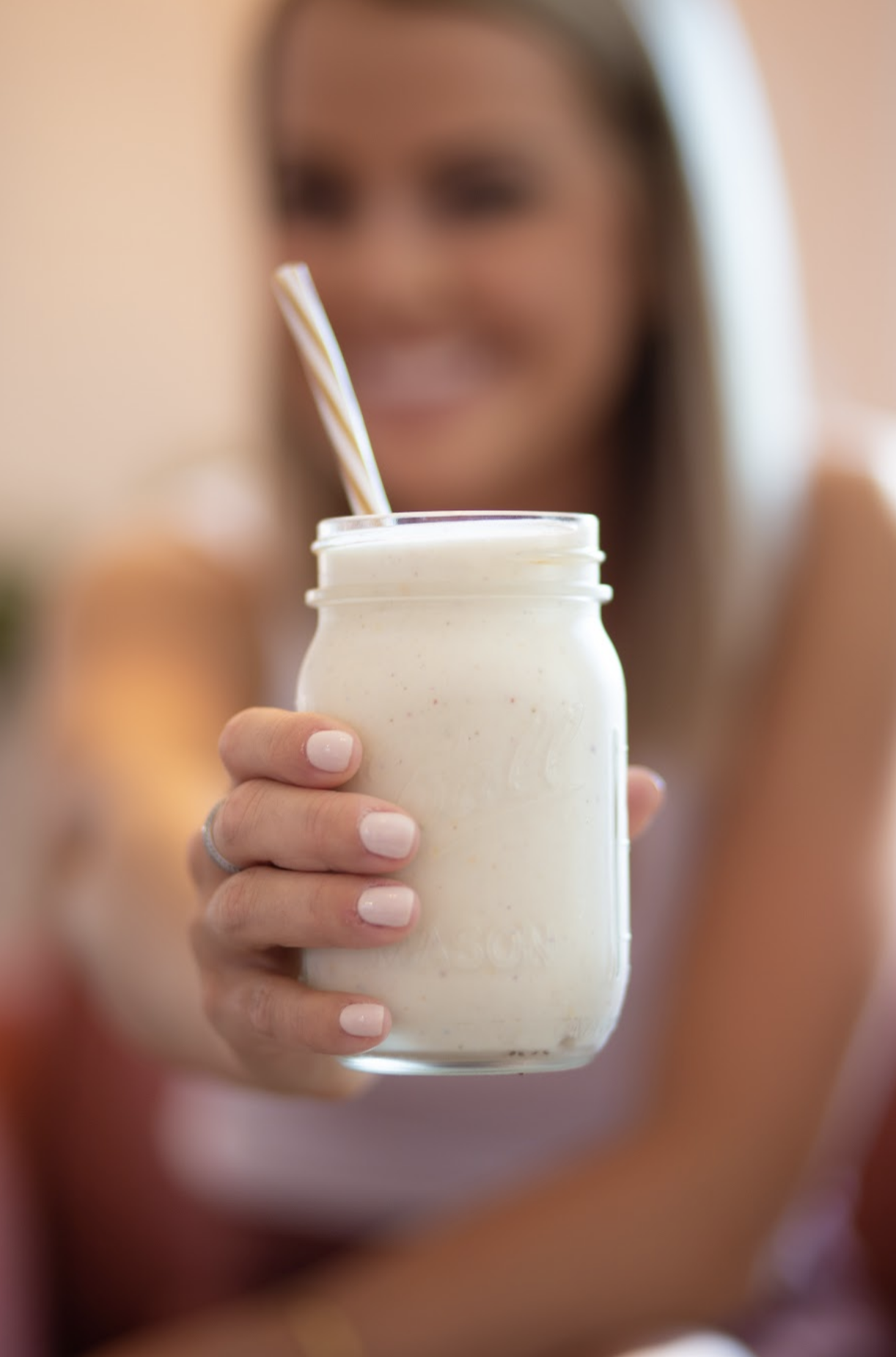
Reishi Mushrooms
Benefits: adaptogen called “the great protector”, helps support and balance physical, immunological and mental stress, active ingredients are polysaccharides that modulate the immune system, has been used for over 2000 years!
How to use:
Add 1/2 tsp to morning coffee or hot tea
Add 1/2-1 tsp to your daily smoothie, avocado pudding, chia seed pudding
Add to anything you bake – pancakes, muffins, cookies, cakes
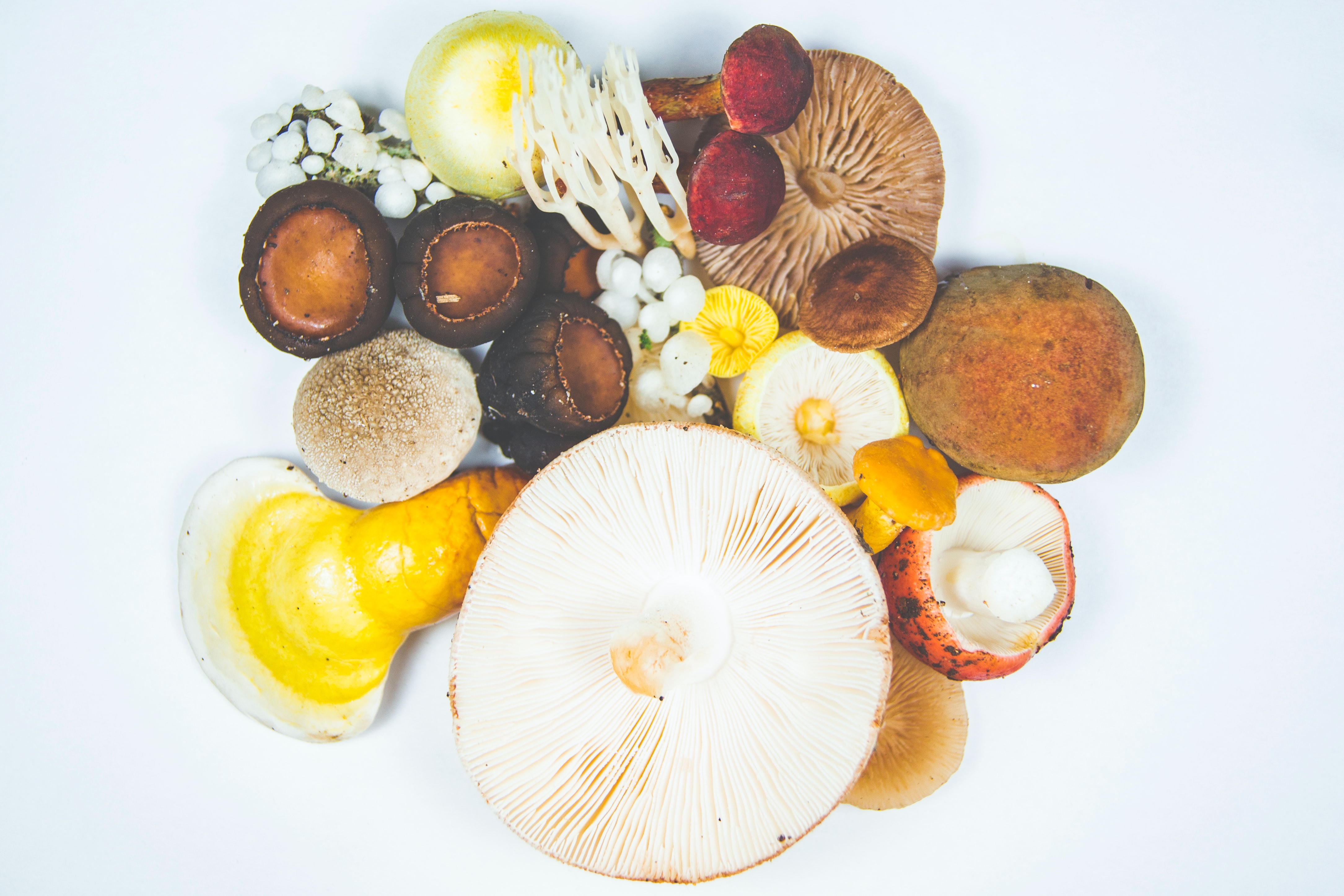
Seaweeds
Benefits: contain high amounts of minerals, like iodine, and polysaccharides like immune supportive beta-glucans, improve digestibility of grains and beans, many varieties including agar agar, kelp, nori, dulse, Irish moss, and bladderwrack
How to use:
Add kelp flakes to eggs, salad dressings, avocado toast, popcorn
Cook grains and beans with small square of kombu to improve their digestibility
Feel like a mermaid and add seaweed to your bath water for gentle detoxification

Turmeric
Benefits: active compounds are potent anti-inflammatory molecules called curcuminoids, turmeric also has antioxidants, and antibacterial/viral/fungal properties, wonderful for aches and pains, digestive discomfort, absorption of curcuminoids is enhanced by fat and black pepper, has been used for over 4000 years!
How to use:
You can slip turmeric (ground or fresh) into just about any recipe … sprinkle on roasted veggies and eggs, stir fry’s, add to salad dressings, add to the skillet when you are making ground meats or vegetable hashes.
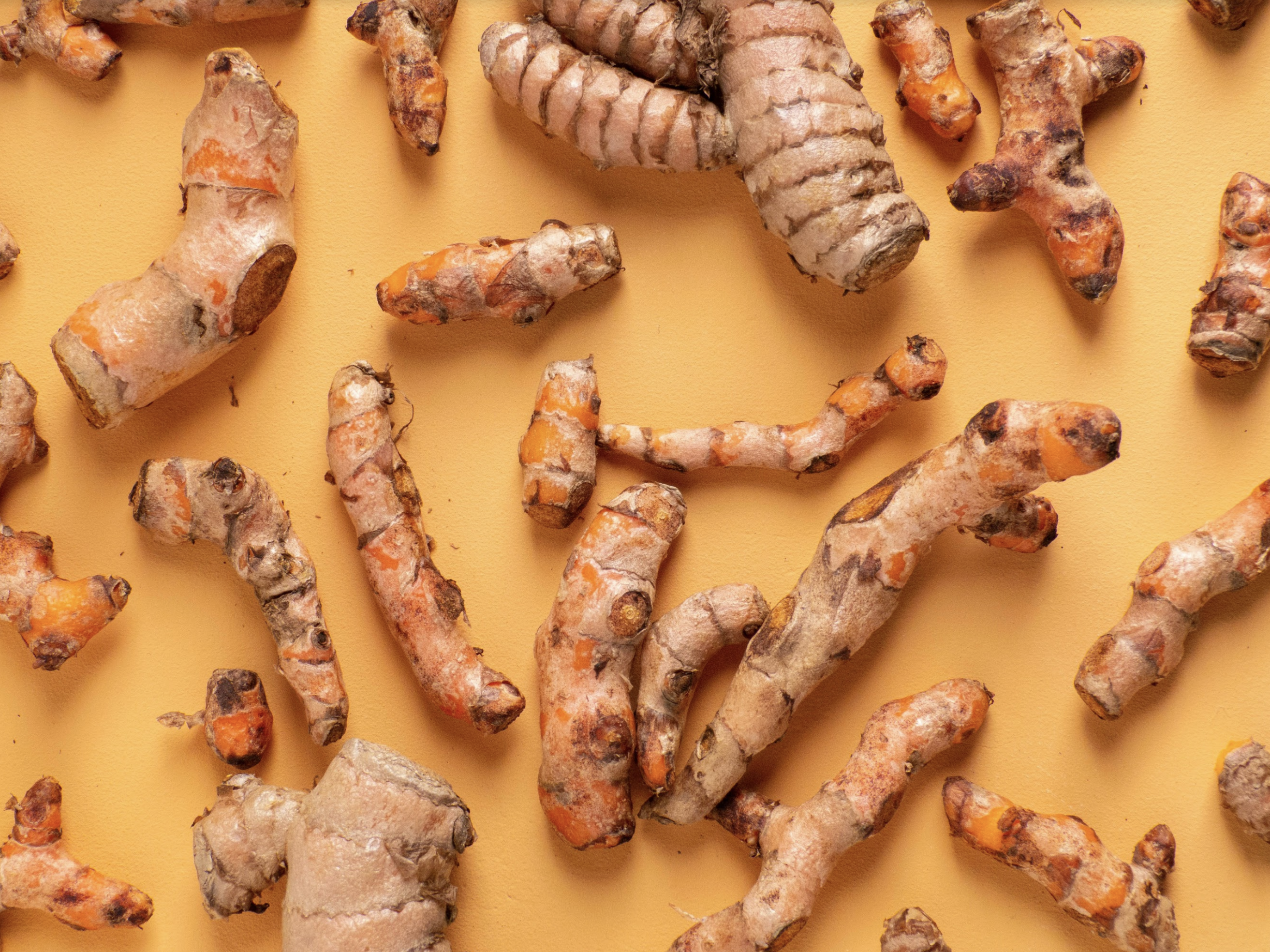
Fermented Foods
Benefits: fermented foods contain naturally occurring probiotics, these foods/beverages nourish the microbiome, encourage healthy diversity of bacteria, and feed resident bacteria in the GI tract, balance of healthy bacteria strengthens the immune system
How to use:
Add sauerkraut or kimchi to any dish! Just a dollop will do!
Try kombucha over ice, topped off with seltzer for a refreshing afternoon beverage.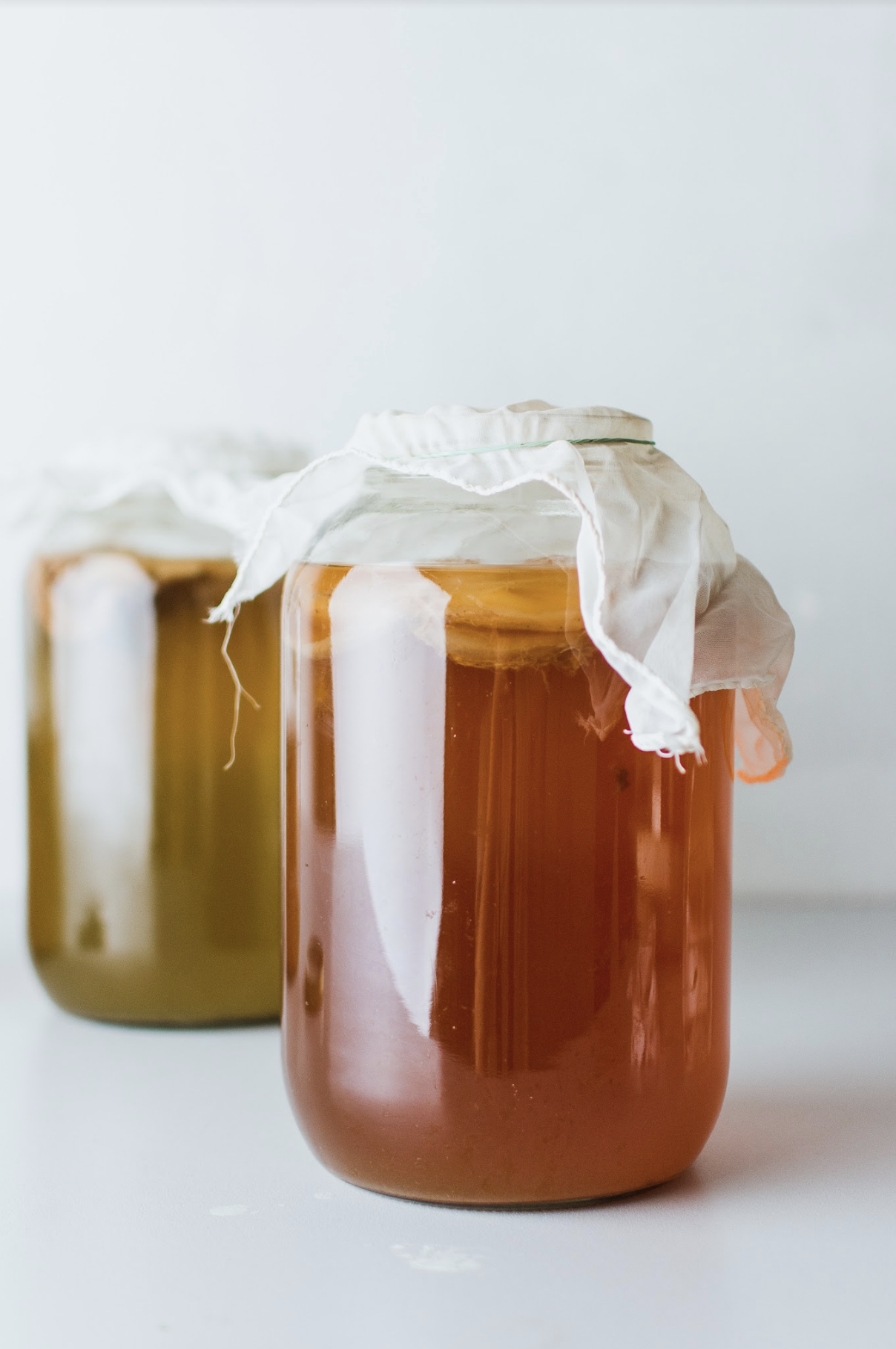
Written by: Kate Costello
References:
All photos are my own or from www.upsplash.com
Goji Berries, A Tonic Herb and Superfruit Variety. Superfood Evolution. https://www.superfoodevolution.com/goji-berries.html
Heiss, Christian MD*; Schroeter, Hagen PhD†; Balzer, Jan MD‡; Kleinbongard, Petra PhD‡; Matern, Simone BS‡; Sies, Helmut MD, PhD§; Kelm, Malte MD‡ (2006). Endothelial Function, Nitric Oxide, and Cocoa Flavanols, Journal of Cardiovascular Pharmacology: June 2006 – Volume 47 – Issue – p S128-S135
Ma, Z. F., Zhang, H., Teh, S. S., Wang, C. W., Zhang, Y., Hayford, F., Wang, L., Ma, T., Dong, Z., Zhang, Y., & Zhu, Y. (2019). Goji Berries as a Potential Natural Antioxidant Medicine: An Insight into Their Molecular Mechanisms of Action. Oxidative medicine and cellular longevity, 2019, 2437397. https://doi.org/10.1155/2019/2437397
Reishi Mushroom Benefits, A Shen Tonic and Immune Modulator. Superfood Evolution. https://www.superfoodevolution.com/reishi-mushroom.html
Seaweed Nutrition, The Oceans Superfood. Superfood Evolution. https://www.superfoodevolution.com/seaweed.html
Top 4 Benefits of Ginger Root, The Universal Super Spice. Superfood Evolution. https://www.superfoodevolution.com/benefits-of-ginger.html
What is Maca Root and Why is it a Superfood? Superfood Evolution. https://www.superfoodevolution.com/maca-root.html






